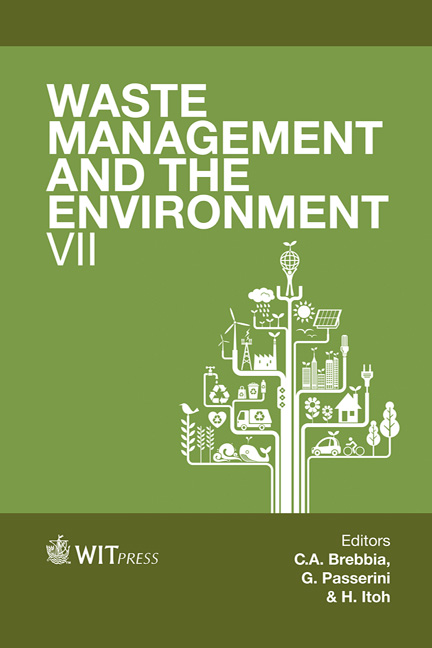The Manufacture And Properties Of Oil Palm And Pineapple Leaf Fiberboard Panels
Price
Free (open access)
Transaction
Volume
180
Pages
11
Published
2014
Size
515 kb
Paper DOI
10.2495/WM140371
Copyright
WIT Press
Author(s)
R. Moya, D. Camacho, J. Mata & R. Soto Fallas
Abstract
Particleboards were manufactured from oil palm fruit, the oil palm mesocarp fiber of Elaeis guineensis, the leaves of pineapple (Ananas comosus) and the sawdust from three fast-growing species of trees (Gmelina arborea, Tectona grandis and Cupressus lusitanica). The chemical and anatomical compositions of E. guineensis and A. comosus and their effects on urea-formaldehyde adhesive were investigated. Afterwards, the particle combination of the fiber of E. guineensis and A. comosus with the sawdust of three species was investigated. The results showed that the fiber of Elaeis guineensis has a higher oil content than that of the pineapple leaf, and the pineapple leaf has large fiber of over 5 mm. The fiber of E. guineensis must be washed with water to increase the adhesion of particles. The best combination of agricultural fiber and sawdust of fast growth tropical species is 50% –50%, respectively (waste agriculture and sawdust, w/w %). It was shown that the pineapple leaf and the empty fruit of oil palm can be substituted for conventional wood-based particleboards. Keywords: tropical species, lignocellulosic wastes, Tetra Pak.
Keywords
tropical species, lignocellulosic wastes, Tetra Pak.





